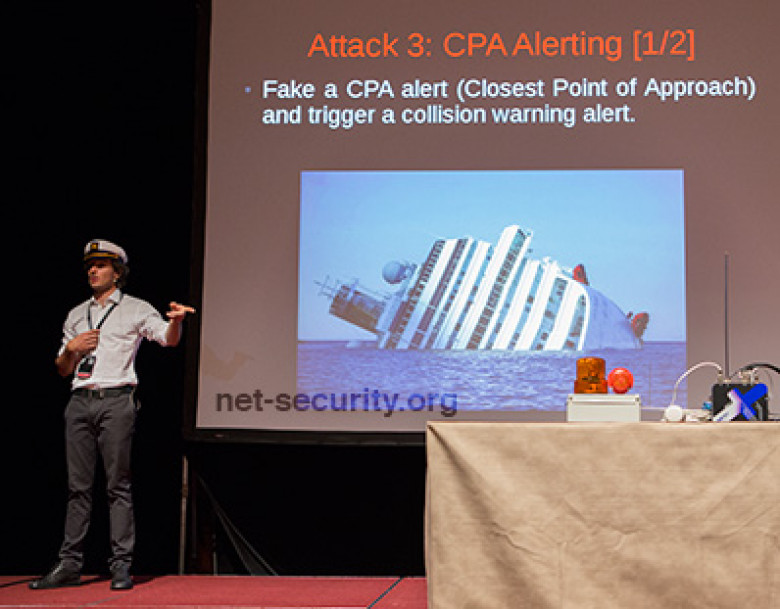Digital ship pirates: Researchers crack vessel tracking system
In the maritime business, Automated Identification Systems (AIS) are a big deal. They supplement information received by the marine radar system, are used for a wide variety of things - including ship-to-ship communication - and are relied upon each and every day. Unfortunately, the AIS can also be easily hacked in order to do some real damage, claims a group of researchers presenting at the Hack In The Box Conference currently taking place in Kuala Lumpur.
Automated Identification Systems (AIS) transceivers can currently be found on over 400,000 ships sailing the high seas, and it is estimated that by 2014, that number will reach a million. The installation is mandatory for all passenger ships and commercial (non-fishing) ships over 300 metric tonnes, and it tracks them automatically by electronically exchanging data with other ships, AIS base stations, and satellites.
AIS hasn't replaced the marine radar system - it has been added to it to enhance marine traffic safety. The system has been first mandated for some 100,000 vessels in 2002. In 2006, the AIS standards committee published the Class B type AIS transceiver specification, which enabled the creation of a lower cost AIS device and triggered widespread use.










































































